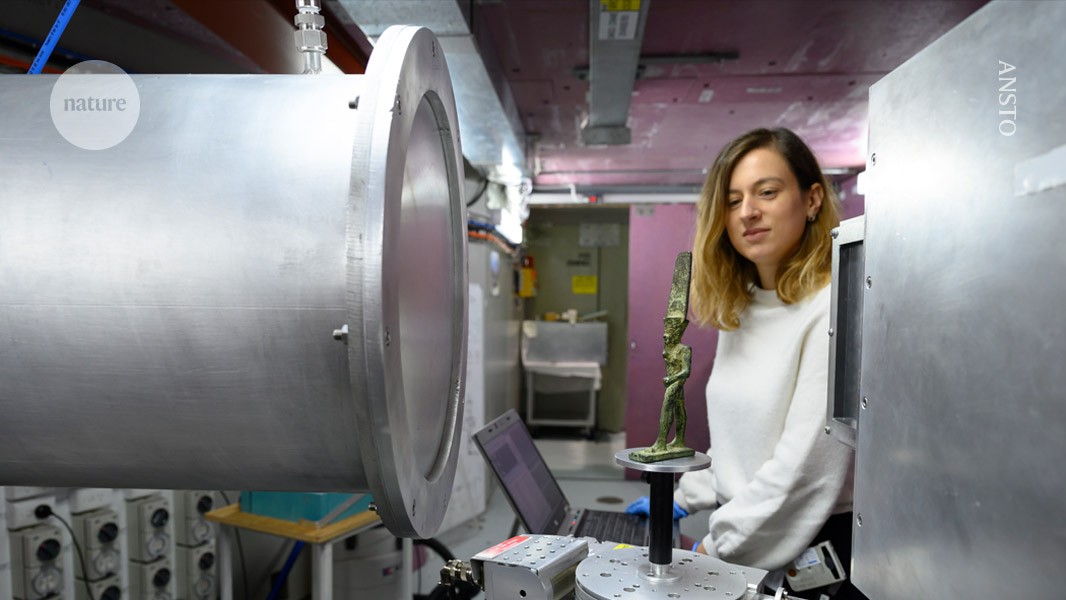More postdoctoral researchers secured access to sophisticated scientific instruments when an Australian facility made their application process anonymous1.
The results of the intervention, reported in Research Evaluation last month, are the latest example of how introducing blind review, in which the identities of the applicants are not revealed, can reduce systemic biases.
Blind review shifts the scrutiny away from the scientist to the science, says Priyamvada Natarajan, a theoretical astrophysicist at Yale University in New Haven, Connecticut, who was involved in a similar effort at NASA’s Hubble Space Telescope. “If the idea is original and brilliant, it shouldn’t matter who wrote it,” she says. “Everyone should have a fair shot.”
The latest study suggests that reviewers can have a “prestige bias” towards experienced or well-known researchers, says John Carpenter, who studies protoplanetary disks at the Joint ALMA Observatory in Santiago. This can result in these researchers being offered equipment time at the expense of their less-experienced peers. The effect permeates across fields, says Carpenter, who analysed data on a similar effort at the Atacama Large Millimeter/submillimeter Array (ALMA). “It’s not just telescopes.”
System overhaul
Data on applications to use the Hubble Space Telescope and ALMA2 showed that women and less-experienced applicants got more facility time after blind review was introduced. Over the past few years, the practice has since become more widespread — particularly at observatories, including the James Webb Space Telescope and the European Southern Observatory’s telescopes in northern Chile.
Isabelle Kingsley, a gender equity research previously at the University of New South Wales, in Sydney, who now works for SAGE, an Australian initiative that campaigns for equity and diversity in education and research, wanted to see whether similar interventions could work in a range of scientific facilities.
She and her colleagues launched trials at four Australian facilities, which manage optical and radio telescopes, neutron-beam instruments and high-performance computing systems. In applications to use the resources, applicants were asked not to include their names and affiliations. One facility was hesitant about committing fully to anonymization and decided to include first initials and last names of applicants at the back of applications.
The researchers analysed the outcomes of more than 4,500 applications, including ones made up to five years before the intervention and up to two years after it.
Postdoc boost
The Australian Centre for Neutron Scattering, in Lucas Heights, manages 15 neutron-beam instruments, and was one of two facilities that collected data on career stage. After introducing blind review, success rates for postdoctoral researchers rose from 61% to 78%. Success rates for PhD, graduate and undergraduate students remained stable, but those for more-experienced researchers dropped from 61% to 50%. In the other facility that collected data on career stage, postdocs’ time on the equipment remained around 75%.
The results suggest that “anonymization can level the playing field” and help to open doors, says Kingsley. And because early-career researchers tend to be more diverse, in terms of their gender and cultural background, improving their outcomes contributes to retaining diverse scientific talent, she says.

